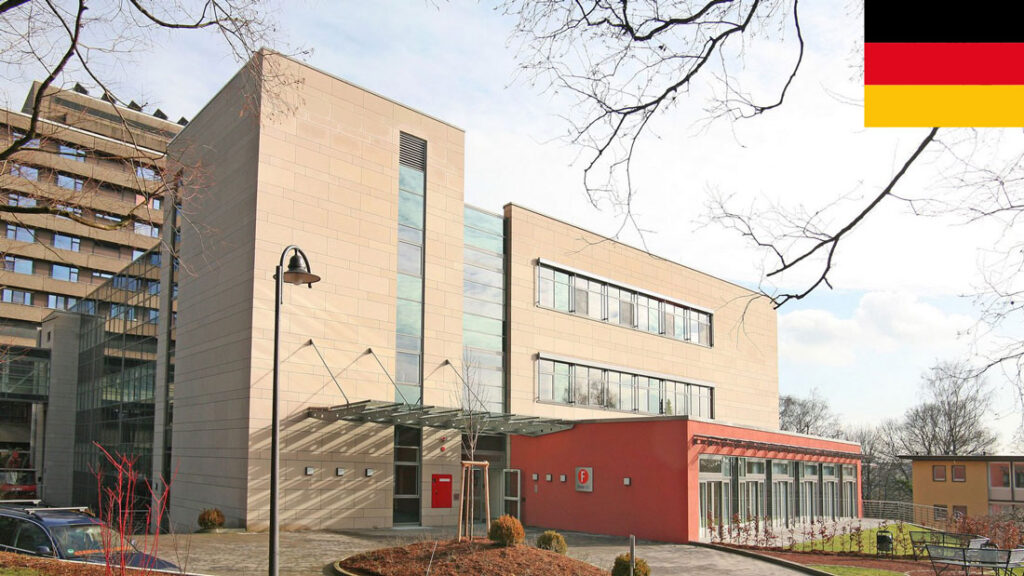Enhanced IOP Control with Anti-VEGF and MMC Surgical Therapy
Managing intraocular pressure (IOP) is a critical aspect of treating glaucoma and other ocular conditions that threaten vision. Traditional surgical interventions, while effective, often come with complications such as scarring and inflammation. However, combining anti-VEGF (vascular endothelial growth factor) therapy with mitomycin C (MMC) surgical therapy has shown promising results in enhancing IOP control while minimizing adverse effects. This article explores how this dual approach improves surgical outcomes and patient recovery.
Understanding IOP and Its Impact on Vision
Intraocular pressure (IOP) refers to the fluid pressure inside the eye. Elevated IOP is a major risk factor for glaucoma, a leading cause of irreversible blindness. When left untreated, high IOP damages the optic nerve, resulting in progressive vision loss. Effective IOP management is crucial to preserving vision and preventing further deterioration.
Common Challenges in IOP Control
- Scarring: Post-surgical fibrosis can obstruct drainage pathways, leading to increased IOP.
- Inflammation: Surgical trauma can trigger inflammatory responses, complicating recovery.
- Treatment Resistance: Some patients do not respond adequately to conventional therapies.
The Role of Anti-VEGF Therapy in IOP Management
Anti-VEGF agents, such as bevacizumab (Avastin) and ranibizumab (Lucentis), were originally developed to treat retinal diseases like diabetic retinopathy and age-related macular degeneration. However, their application in glaucoma surgery has gained traction due to their ability to:
- Reduce angiogenesis: Inhibiting abnormal blood vessel growth minimizes scarring.
- Decrease inflammation: Anti-VEGF agents help modulate postoperative inflammatory responses.
- Improve surgical success rates: By preventing fibrosis, they enhance the longevity of filtration procedures.
How Anti-VEGF Enhances Trabeculectomy Outcomes
Trabeculectomy, a common glaucoma surgery, creates a new drainage pathway for aqueous humor. However, postoperative scarring often leads to failure. Studies suggest that adjunctive anti-VEGF therapy:
- Prolongs bleb survival (the fluid drainage site).
- Reduces the need for additional interventions.
- Improves long-term IOP control.
Mitomycin C (MMC) in Glaucoma Surgery
Mitomycin C is an antimetabolite used during glaucoma surgeries to prevent fibroblast proliferation and scarring. When applied intraoperatively, MMC:
- Inhibits fibrosis: By suppressing cell growth at the surgical site.
- Enhances drainage: Maintains the functionality of the newly created filtration pathway.
- Reduces failure rates: Increases the success of trabeculectomy and other drainage procedures.
Combining Anti-VEGF and MMC for Optimal Results
While both therapies independently improve surgical outcomes, their combination offers synergistic benefits:
- Enhanced anti-fibrotic effects: MMC targets fibroblasts directly, while anti-VEGF reduces vascular support for scar tissue.
- Lower complication rates: Dual therapy minimizes inflammation and excessive wound healing.
- Longer-lasting IOP reduction: Patients experience sustained pressure control with fewer revisions.
Clinical Evidence Supporting Combined Therapy
Several studies highlight the advantages of using anti-VEGF and MMC together:
- A 2020 study found that patients receiving both agents had 30% better IOP control at 12 months compared to MMC alone.
- Another trial reported reduced bleb failure rates by nearly 50% with combination therapy.
- Patients also experienced faster recovery times and fewer postoperative complications.
Potential Risks and Considerations
While the combination of anti-VEGF and MMC is promising, certain risks must be considered:
- Hypotony: Excessively low IOP can occur if drainage is too aggressive.
- Infection risk: Prolonged use of anti-VEGF may slightly increase susceptibility to infections.
- Cost implications: Anti-VEGF therapy can be expensive, limiting accessibility.
Patients should be carefully selected, and dosages must be optimized to balance efficacy and safety.
Future Directions in IOP Management
Research continues to explore new ways to refine this dual approach:
- Drug delivery systems: Sustained-release implants could provide long-term anti-VEGF and MMC effects.
- Personalized medicine: Genetic profiling may help identify patients who benefit most from combination therapy.
- Novel anti-fibrotic agents: Emerging drugs could further enhance surgical outcomes.
Conclusion
The integration of anti-VEGF therapy with MMC surgical treatment represents a significant advancement in IOP control. By addressing both scarring and inflammation, this approach improves surgical success rates and patient outcomes. As research progresses, refined techniques and new therapies will continue to revolutionize glaucoma management, offering hope for better vision preservation.



